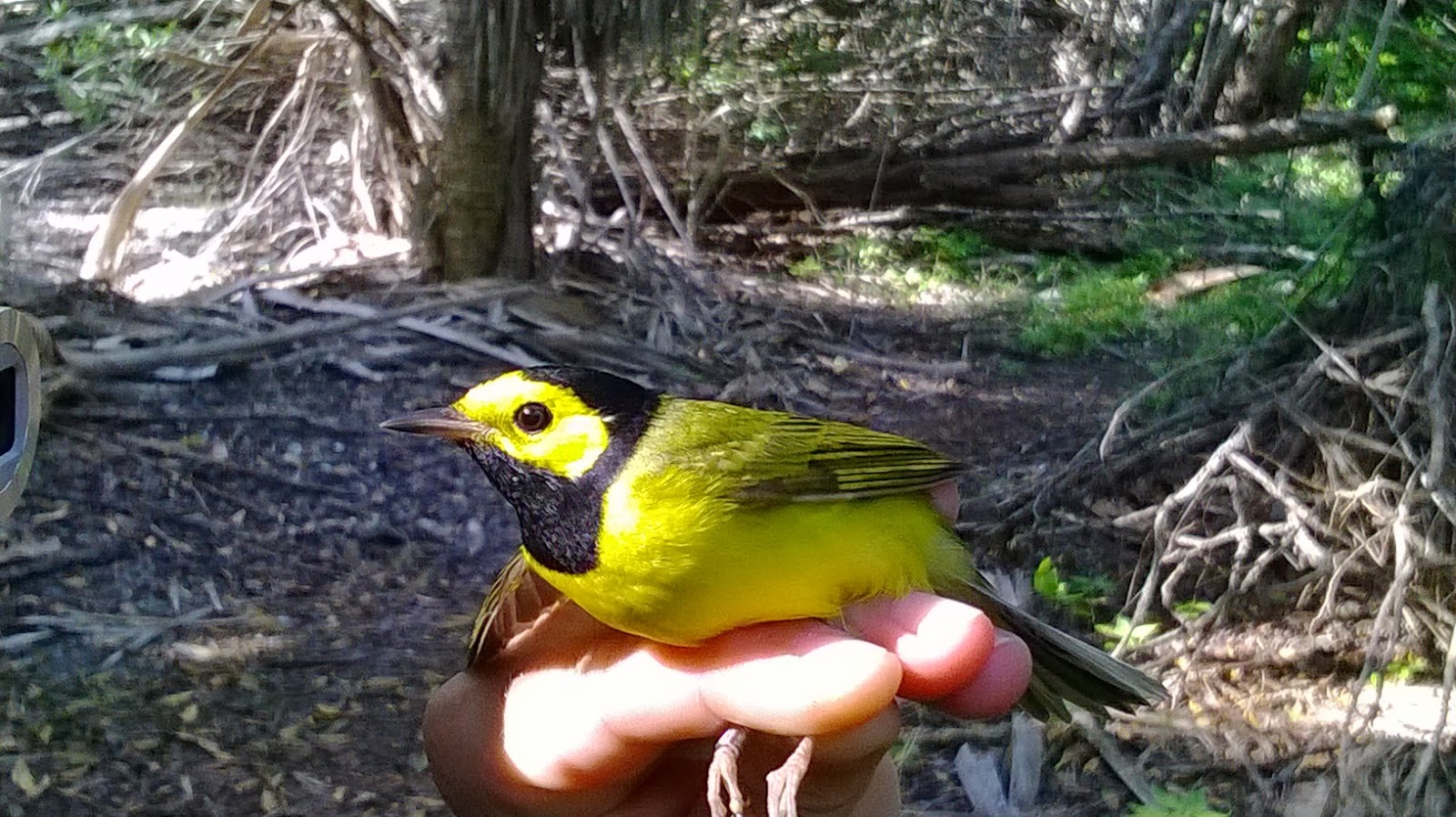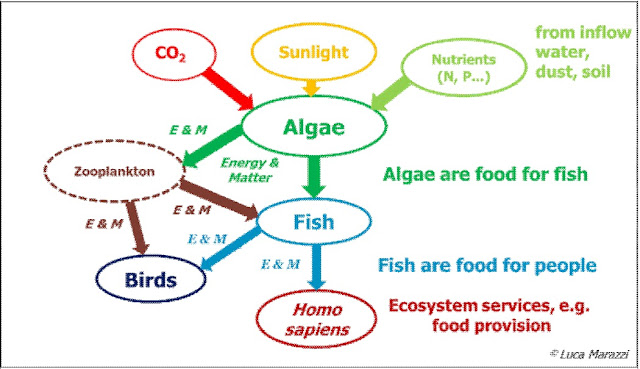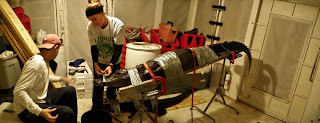Urban visitors
This post was written by Mike Bush, a grad student in the aquatic ecology lab (http://faculty.fiu.edu/~trexlerj/) at FIU and an avid natural historian.
___________________________________________________________________________
 |
| Male hooded warbler |
In this post we’re going to move away from the Everglades
proper and move to its borders, which in this case means the highly urbanized
Miami/Ft Lauderdale megalopolis that lies immediately to the east of all that
wild space.
Even in areas of high human density, wildlife can still be found everywhere. Most of you probably have had a raccoon snoop through your garbage or have a highly diverse mix of smaller creeping beasts that live underneath your shed. We can also be visited by wildlife that is just passing through the area, say, on their way to Brazil or to Hudson Bay. A bird banding station is just the place to see such ephemeral critters.
Even in areas of high human density, wildlife can still be found everywhere. Most of you probably have had a raccoon snoop through your garbage or have a highly diverse mix of smaller creeping beasts that live underneath your shed. We can also be visited by wildlife that is just passing through the area, say, on their way to Brazil or to Hudson Bay. A bird banding station is just the place to see such ephemeral critters.
 |
| Orb weaver eating an anole. Awesome. |
I spent
this last Fall devoting my Saturdays and a couple of other random days to
helping out the National Audubon Society (http://www.tropicalaudubon.org/)
and the Florida Fish and Wildlife Commission (http://myfwc.com/)
operate their bird banding station out at the tip of beautiful Key
Biscayne. The station lies on the point
of an island just a little east of downtown Miami, making it an ideal spot to
capture birds that are flying south along the Atlantic coast to their winter
homes. A few dozen mist nets (nets that
are 25’ or 50’ long and 8’ tall with a fine mesh) are placed in different
locations in some preserved areas during fall migration. These nets are checked
every twenty minutes and if a bird is tangled up in the mesh, it is carefully
removed and brought back to the station. From here every bird has a metallic
band placed around its leg that has a unique identification number. Life
history details of the birds are also recorded, included sex, juvenile or
adult, and condition of animal. Birds are then set free to continue on their
long journey, or not so long if they happen to be residents or are sticking
around for a few days.
 |
| Male painted bunting |
The
station is noted for its abundance of black-throated blue warblers, though
many, many other species also frequent the area, including always-angry northern
cardinal and the rapidly-defecating gray catbird. A number of very dedicated
and helpful volunteers have kept this station running for several years now,
and these data, in conjunction with other bird banding stations as well as
Christmas bird counts, help give us a nation-wide view of bird abundance and
movement patterns at a spatial scale that would just be too great for even a
number of universities and agencies to accomplish. Furthermore, these data have
been gathered for years, and in some cases, decades. Combining such information
with changing land use patterns, population growth, and a changing climate can
help us glean information on how different animals are responding to the
presence of humans. Valuable data gathered at a low cost that gets the public
involved. That is what science is all about. Also, please go to http://capefloridabandingstation.wordpress.com/ for some great information about the banding station.


Comments
Post a Comment